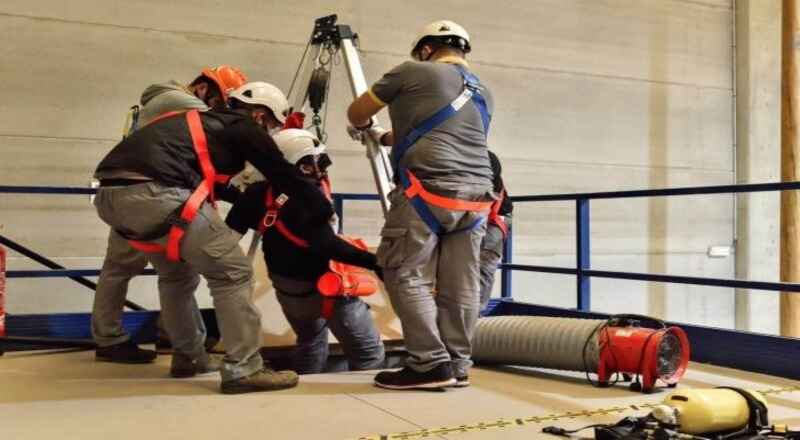
Do We Have A Rescue Plan for Confined Space?
Confined space exist in nearly every industry, and many workers come into contact with at least one during the course of their work. As per the data from the Bureau of Labour Statistics, USA, 1030 workers died from occupational injuries involving a confined space from 2011 to 2018
Types of confined spaces for fatal occupational injuries, 2011-2018 (USA)
| Type of Confined space | Most frequent event |
|---|---|
| Oil storage tank interiors | Inhalation of a harmful substance |
| Ditches, channels, trenches, excavations | Trench collapse |
| Underground mines, caves, tunnels | Inhalation of a harmful substance |
| Sewers, manholes, storm drains | Inhalation of a harmful substance |
| Underground mines, mine tunnels | Struck by falling object or equipment |
| Confined spaces on vehicles | Inhalation of a harmful substance |
| Tanker truck interiors | Inhalation of a harmful substance |
| Manure pits | Inhalation of a harmful substance |
| Crawl spaces | Direct exposure to electricity, 220 volts or less , Exposure to environmental heat |
| Wells | Falls to lower level |
| Tank, bin, vat interiors | Engulfment in other collapsing material |
| Silo, grain bin interiors | Engulfment in other collapsing material |
| Septic tank or water tank interiors | Falls to lower level |
| Hopper interiors | Engulfment in other collapsing material |
According to the Occupational Safety and Health Administration, about 90 deaths involving confined space occur every year across a wide range of industries. Unfortunately, two- thirds of those deaths are workers killed while trying to rescue someone else from a confined space. This is often due to the critical nature of these rescues, which sometimes lead to poorly planned retrieval attempts.
Many workers and employers are unaware of the dangers confined space pose, which include:
- Lack of oxygen
- Poisonous gas, fume, or vapor
- Liquids and solids suddenly filling the confined space or releasing gases into it when disturbed
- Fire and explosions
- Residues left behind that can give off gas, fume, or vapor
- Hot working conditions
- Falling objects
- Moving parts of equipment and machinery
- Electrical shock resulting from defective extension cords, welding cables, etc.
- Poor visibility
- Substances entering through piping such as gases, hot substances, or water
Very often, injuries and deaths occur as a result of work being carried out in a confined space, such as welding, painting, flame cutting, or using chemicals.
What Are Confined Spaces and Permit-Required Confined Spaces?
A confined space is one that is large enough for a person to enter, has limited or restricted exits, and is not designed for continuous human occupancy. Everything from a tank to a tunnel or a manhole to a silo can be considered to be a confined space. Places can also become confined spaces during construction work, fabrication, or modification. Confined space do not always have to be an area with only one opening. Likewise, a space with multiple openings can be considered a confined space if a worker has to crawl under and over various obstructions to get to the opening.
Permit-required confined space are places that have one or more of the following characteristics:
- A hazardous atmosphere or the potential for one
- Material that could potentially engulf an individual
- Walls converging inward or floors sloping downward and tapering into a smaller area that could trap or asphyxiate an individual
- Any other recognized safety or health hazards, including unguarded machinery, heat stress, or a fall hazard
Permit-required confined space pose serious hazards. In addition to being difficult to access, they often present problems such as inadequate ventilation or noxious air. It is these conditions that result in fatalities thus making efficient and immediate exit or rescue from the space imperative.
Rescue planning for Confined spaces
NFPA 350: Guide for Safe Confined space Entry and Work provides information on confined space rescue best practises.
NFPA 350 specifies two types of rescue options: non-entry rescue, in which ill or injured entrants are removed without the Rescuers entering the space, and entry rescue, in which Rescuers enter the space to properly remove ill or injured Entrants.
Non –entry rescue
In this Ill or injured entrants are removed without rescuers entering the space
Salient features:
- Recommended for confined space emergency where existing hazards may affect others who would enter the space to provide the rescue
- Retrieval system shall be readily available
- Attendants should be responsible for emergency notification and certain non-entry retrieval operations
- Retrieval system shall consists of
- A rope or cable based system attached to entrant appropriate for the space configuration that allows successful removal from the space.
- They should have a means to lifting or moving entrants without significant stress.
- It should not have the danger of stranding or dropping should the system release or fail during removal (progress capture)
- For spaces with vertical depth more than 1.5 m, a means of retrieval with mechanical advantage and to reduce force combined with progress capture mechanism should be used.
- Appropriate and redundantly anchored and operated backup system shall be utilized along with retrieval system to prevent fall due to primary system failure.eg: a tripod and winch used to lower entrants into a space in a purely vertical environment shall have a backup from a fall protection block.
- In horizontal oriented spaces retrieval equipments can be simple as a rope, webbing, or cable system attached to the entrants harness to allow removal from outside without entering space.
- In all cases retrieval systems shall be appropriately anchored outside the space
Entry rescue
Rescuers enter the space to properly remove the ill or injured person
Salient features:
- Unless a space can be proved to have no potential for hazards within and around a space that might create an emergency and no potential difficulty associated with removal of ill or injured entrants, a rescue provision of some sort is required.
- Rescue capabilities shall be evaluated to ensure they are appropriate to the response. Emergency response team shall have the required training and equipments to perform rescue operations.
“Providing a standby response team without training and equipments to perform the job is unacceptable”
Three basic modes of rescue response are
Tier-1:
If the space is having No recognised hazards but could require technical rescue for extraction should a worker become incapacitated due to medical illness or injury
- Applicable to all vertically oriented space greater than 1.2m in height whether or not retrieval equipment is in place
- A Fully trained rescue team shall be available to respond within 5 m to the site and is capable of set up and rescue entry within 15 minutes of arrival to the site
Tier-2:
If the space is having no IDLH or immediately life-threatening hazards but does contain other potential hazards that could incapacitate entrants or prevent them from exiting the space without assistance.
- A Fully trained rescue team shall be available at site and is capable of set up and rescue entry within 12 to 15 minutes of incident occurrence.
Tier-3:
A space that contains an IDLH or other immediately life threatening hazard either actual or potential.
- A Fully trained rescue team shall be standing in the immediate area and is capable of set up and rescue entry within 2 minutes of incident occurrence. The rescue team shall be dedicated to this singular entry with no other responsibilities.
Hence It is very important that while issuing a confined space permit, the rescue program suitable for the job shall be identified in the hazard evaluation and risk assessment. Industrial Fire & rescue teams shall be sufficiently geared up and trained fully to conduct rescue operations in confined spaces.
References:
- NFPA 350: Guide for Safe Confined space Entry and Work
- Bureau of Labour Statistics, USA
- Occupational safety and Health administration, US Dept. of Labour





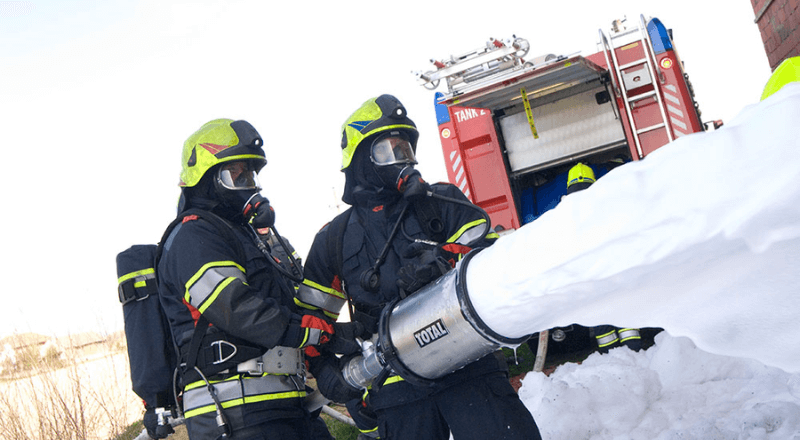
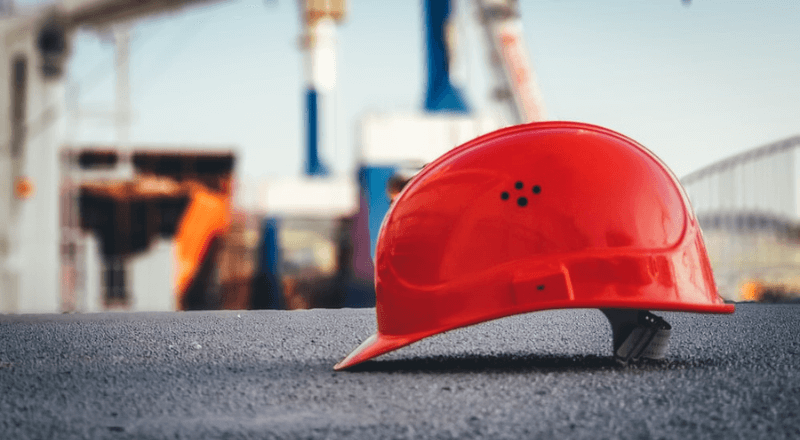

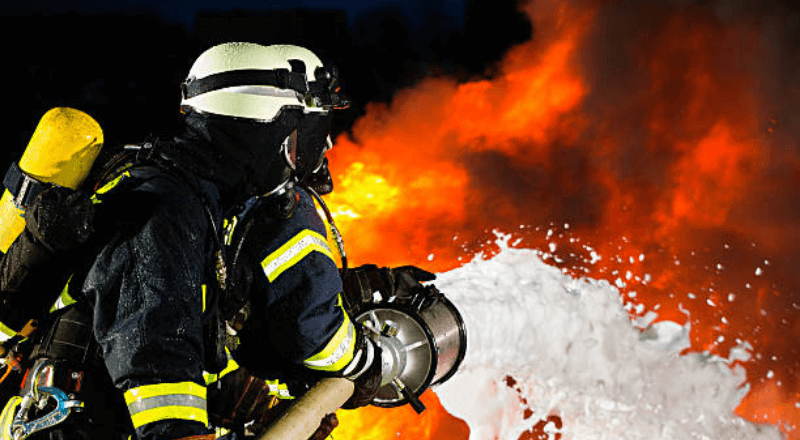



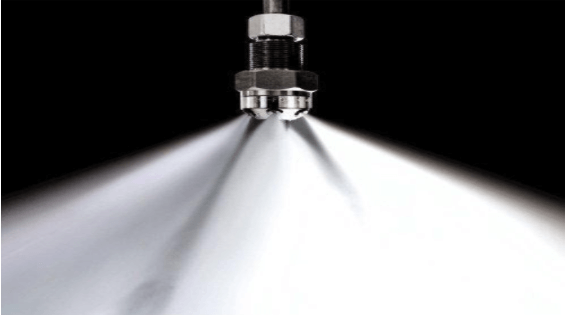
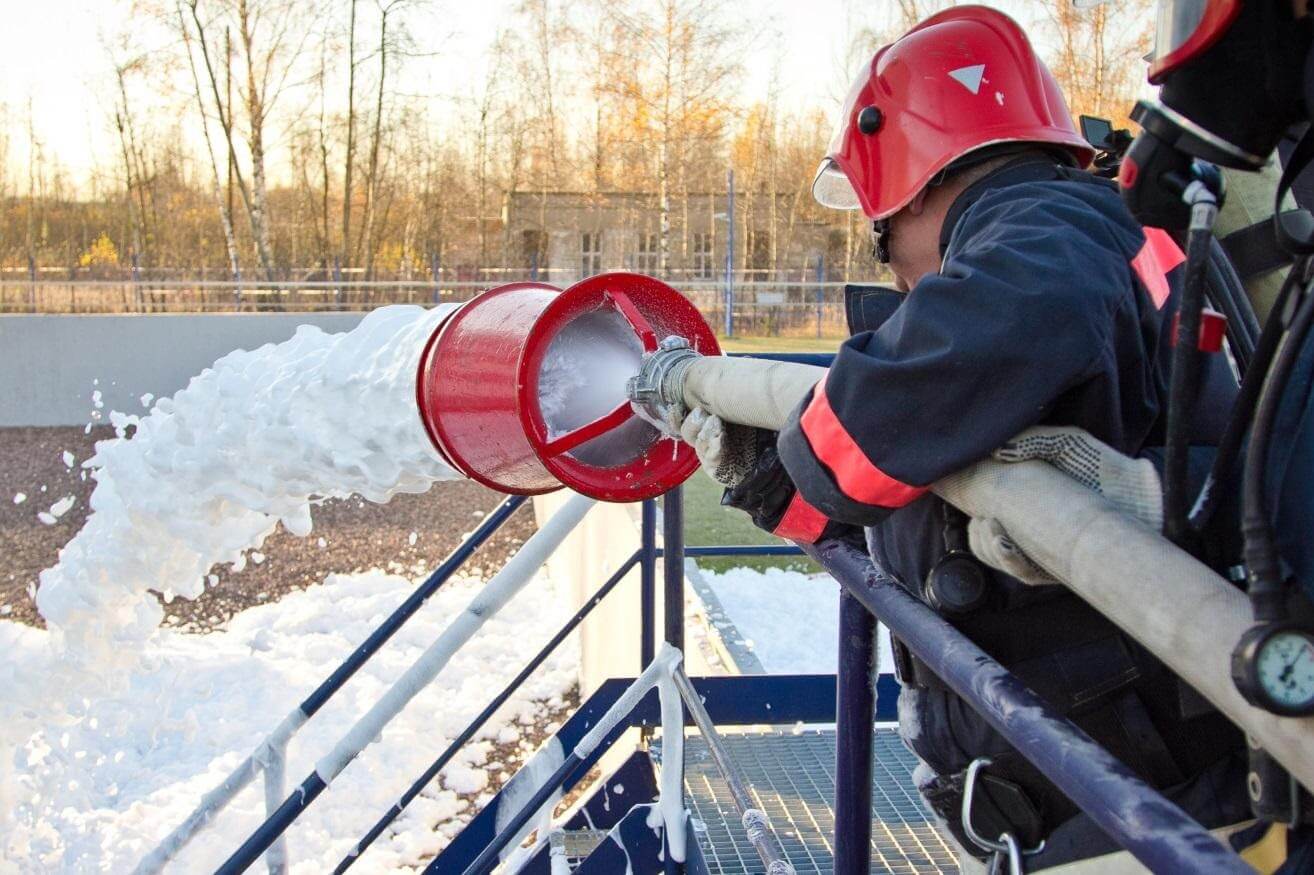

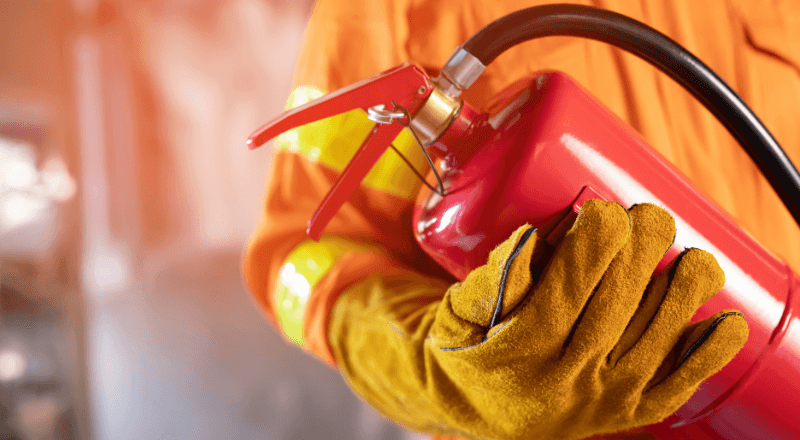
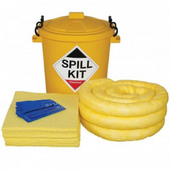

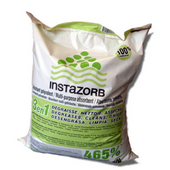
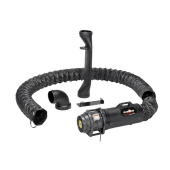


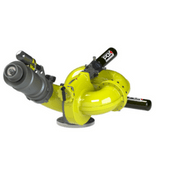
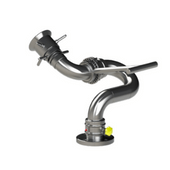
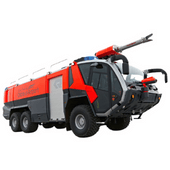
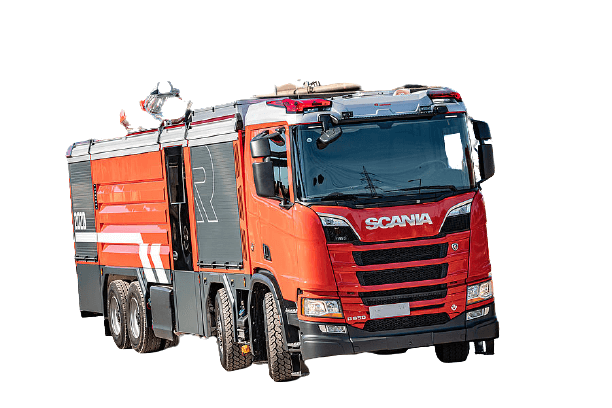

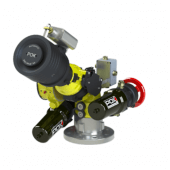
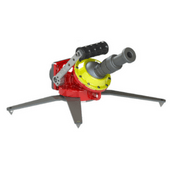
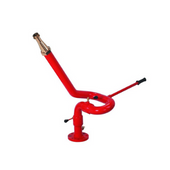
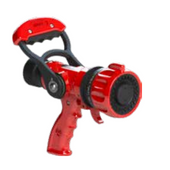
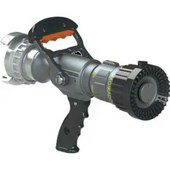
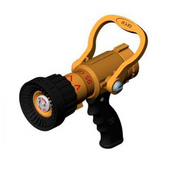
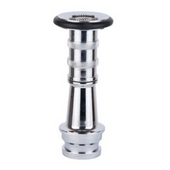

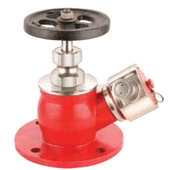
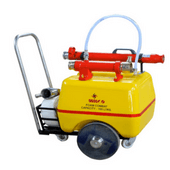
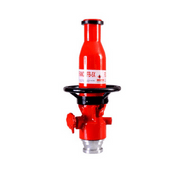
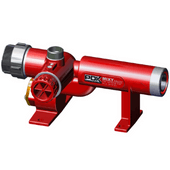


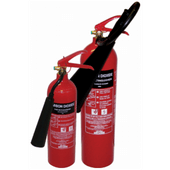
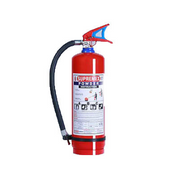
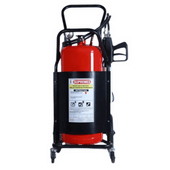
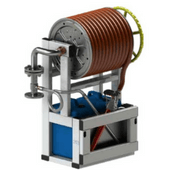
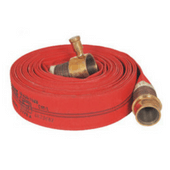
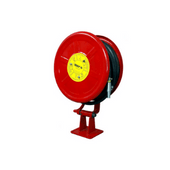
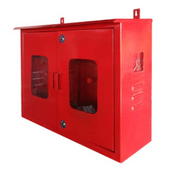
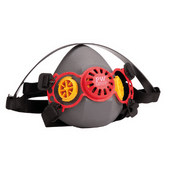
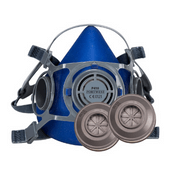
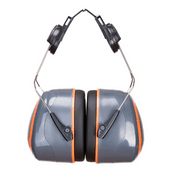
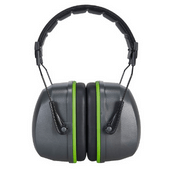
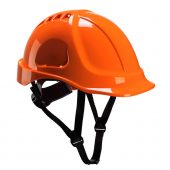
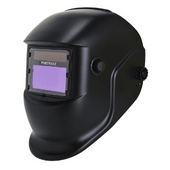
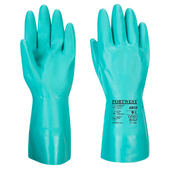
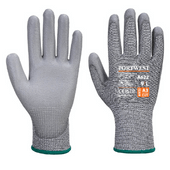
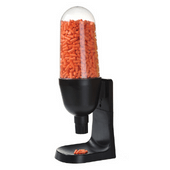
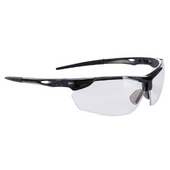
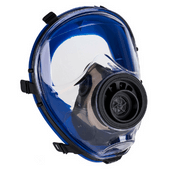

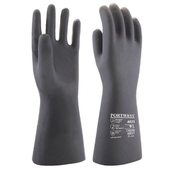
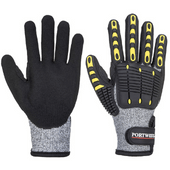
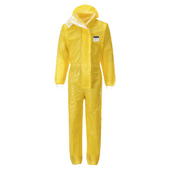

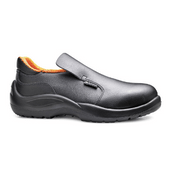



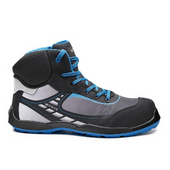
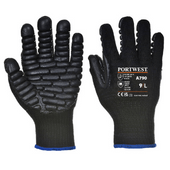
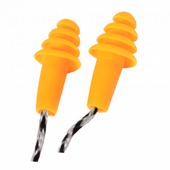
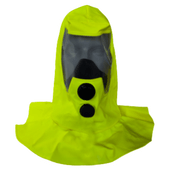

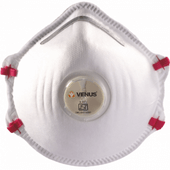
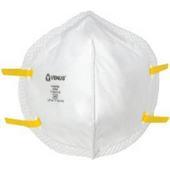
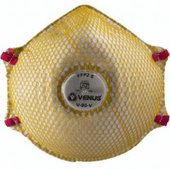
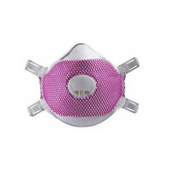
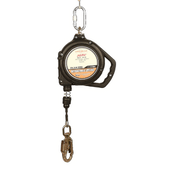
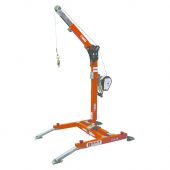
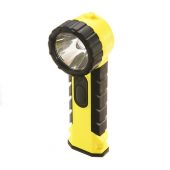
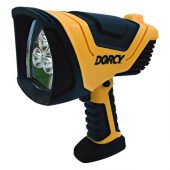
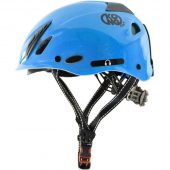
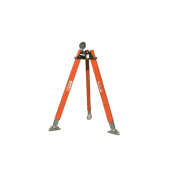
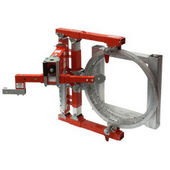
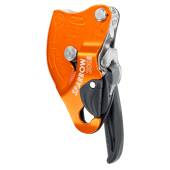
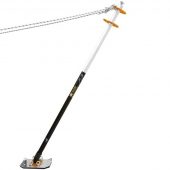
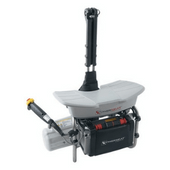
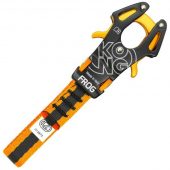
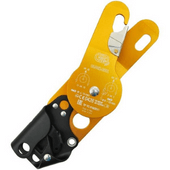
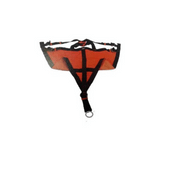
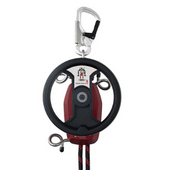
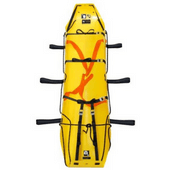
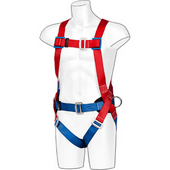
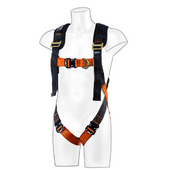

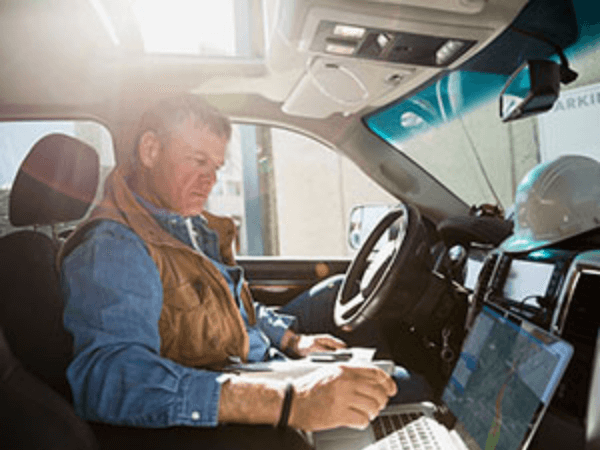
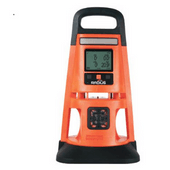

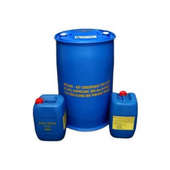
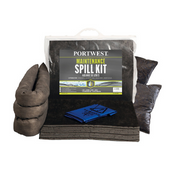

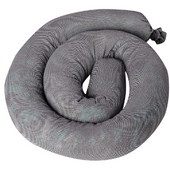


Excellent article. Very illustrative and helpful. Thanks for sharing.
I found it informative when you discuss the confined space as one that is large enough for a person to enter, has limited or restricted exits, and is not designed for continuous human occupancy. Everything from a tank to a tunnel or a maintenance hole to a silo can be considered confined. Places can also become confined during construction work, fabrication, or modification. A confined space does not always have to be an area with only one opening.
The article highlights the importance of having a proper rescue plan in place before entering a confined space, as it can be a dangerous and potentially life-threatening situation. It is crucial to assess and identify potential hazards and to have a trained rescue team equipped with the necessary tools and equipment. Proper communication and continuous monitoring are also essential to ensure the safety of all workers involved in the confined space operation. Overall, the article provides valuable insights and information on how to develop an effective rescue plan for confined spaces.